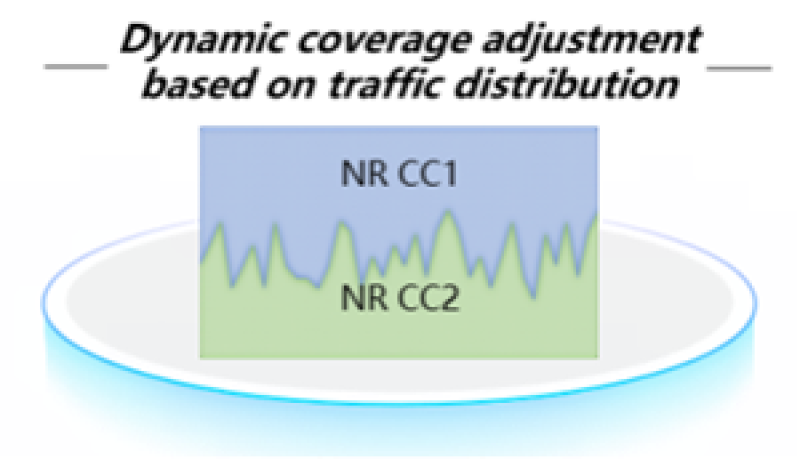Using ZTEs Radio Composer, 'spatiotemporal' refers to the network's ability to use intelligent user navigation to match network resources with traffic through on-demand elastic capabilities across its two-layer network.
This ability to adapt to different user groups in a space over different time periods is what spatiotemporal means.

The network also has the ability to predict traffic flows by observing the location changes of user groups across different time periods using base stations. Then the network solution, by using long short-term memory algorithms, performs in-depth study and prediction of traffic distribution on physical grid level, and analyses the traffic distribution trend data across different time periods.
Based on this, the network then implements what it calls the intelligent carrier power scaling function through power sharing, to deliver flexible coverage adjustment.
The solution balances the two carriers with same coverage adjusting according to high and low usage. It adopts high power to cover the high-load area and decreases power in the low-load area, thereby matching radio resources to ensure good user experience.

In addition, real-time user experiences are monitored according to the blocking rate, when user experiences do match service requirements the network, based on the grid knowledge base, will guide users to the targeted grids for optimised resource allocation.
The spatiotemporal cognitive network moves away from the traditional network approach which adopts the "user searching for network" to the more forwarding thinking "network self-adapting to user" approach.







